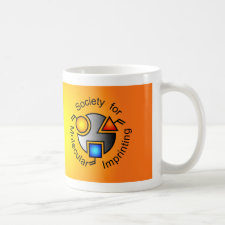
Authors: Yang KG, Liu ZB, Mao M, Zhang XH, Zhao CS, Nishi N
Article Title: Molecularly imprinted polyethersulfone microspheres for the binding and recognition of bisphenol A.
Publication date: 2005
Journal: Analytica Chimica Acta
Volume: 546
Issue: (1)
Page numbers: 30-36.
DOI: 10.1016/j.aca.2005.05.008
Alternative URL: http://www.sciencedirect.com/science/article/B6TF4-4GBWJJD-4/2/2c7ba1271192d807facf76a63be7eb7d
Abstract: BPA-imprinted polyethersulfone (PES) microspheres for the binding and recognition of bisphenol A (BPA) were fabricated by means of a liquid-liquid phase separation technique. The imprinted novel PES microspheres had a porous structure with a skin layer, under which was followed by a finger-like structure. The recognition experiments with the BPA-imprinted microspheres were carried out by applying the microspheres to various BPA solutions. In water, high binding amounts of BPA were observed in the range of 19-42 μmol/g capacity, but the recognition was low in the BPA water solution. With the increase of the concentration in BPA solution, the binding amounts and the recognition coefficient increased. However, 1,4-butylene glycol/water media showed high recognition of the imprinted microspheres with a low binding capacity of BPA. In addtion, with the increase of the BPA amounts in the PES solution used to prepare the imprinted microspheres, the specific recognition sites increased, and the recognition ability increased. Evidence revealed that microsphere recognition was effective for BPA due to the binding to specific recognition sites [S](sites). The imprinted microspheres showed the selectivity for BPA in the wine including BPA and other organic compounds. Charge transfer and special cavities could be employed to explain the mechanism
Template and target information: bisphenol A, BPA
Author keywords: microspheres, molecular imprinting, bisphenol A, Polyethersulfone (PES), Recognition coefficient



Join the Society for Molecular Imprinting

New items RSS feed
Sign-up for e-mail updates:
Choose between receiving an occasional newsletter or more frequent e-mail alerts.
Click here to go to the sign-up page.
Is your name elemental or peptidic? Enter your name and find out by clicking either of the buttons below!
Other products you may like:
 MIPdatabase
MIPdatabase









